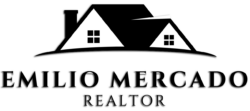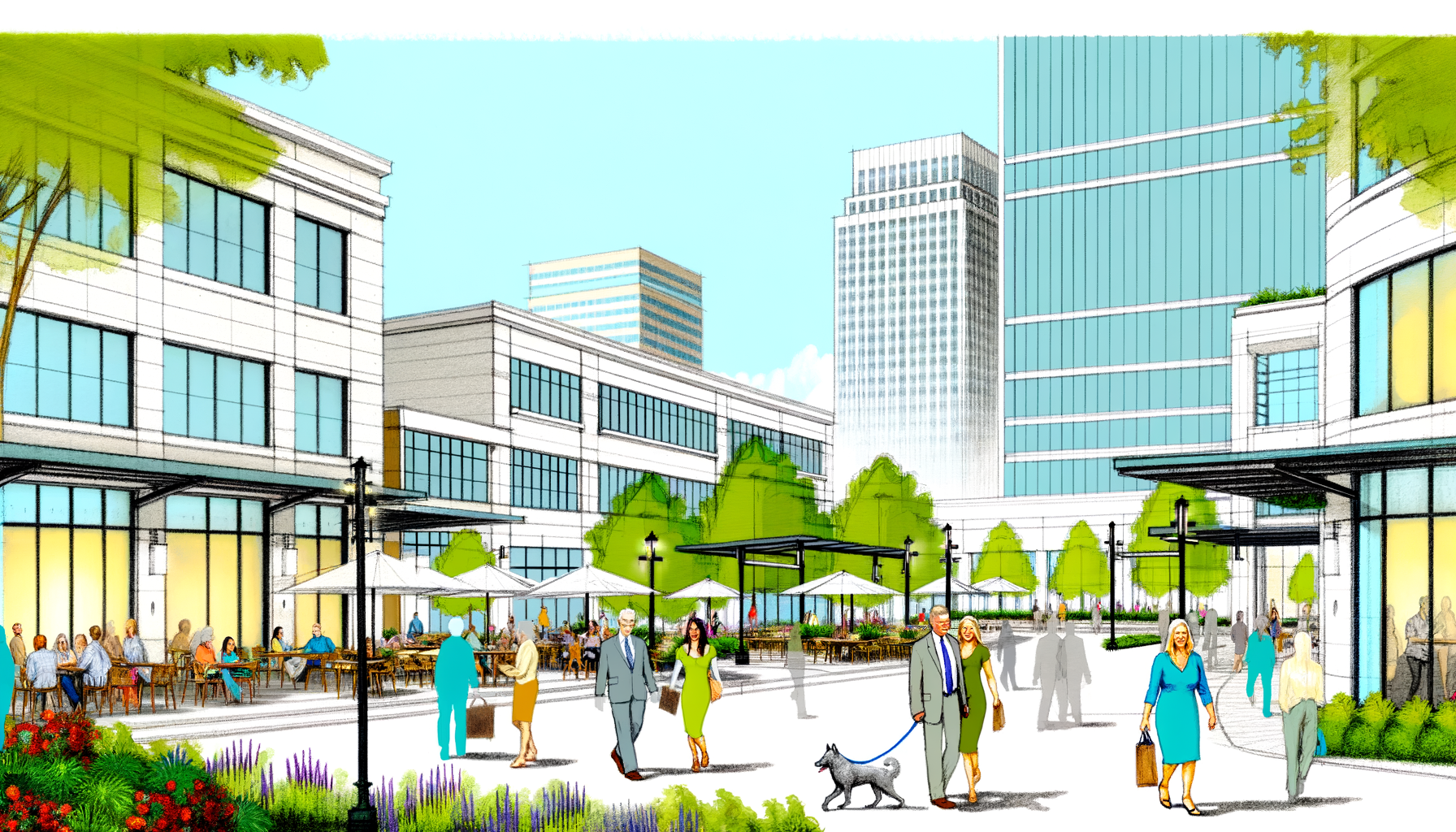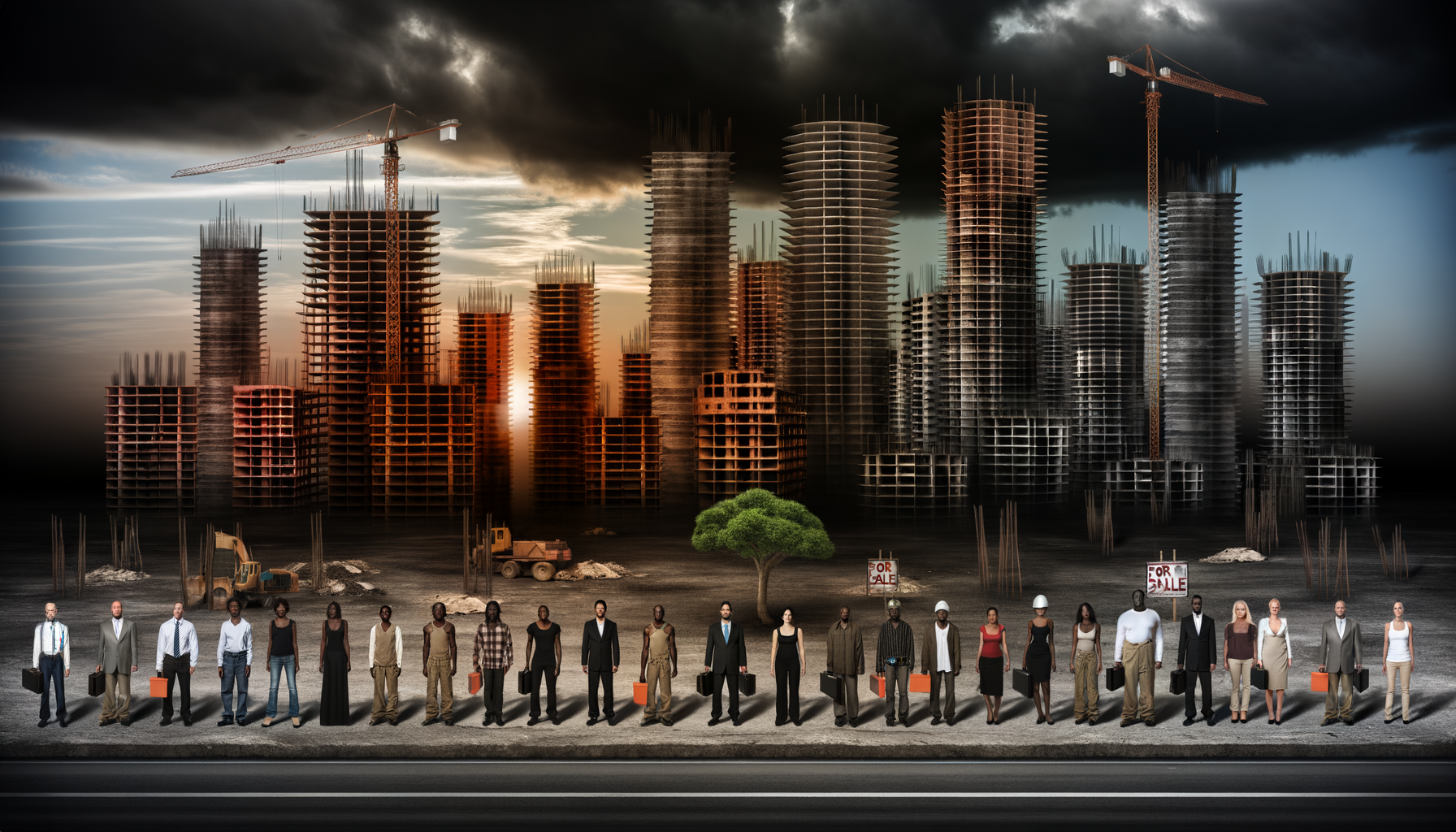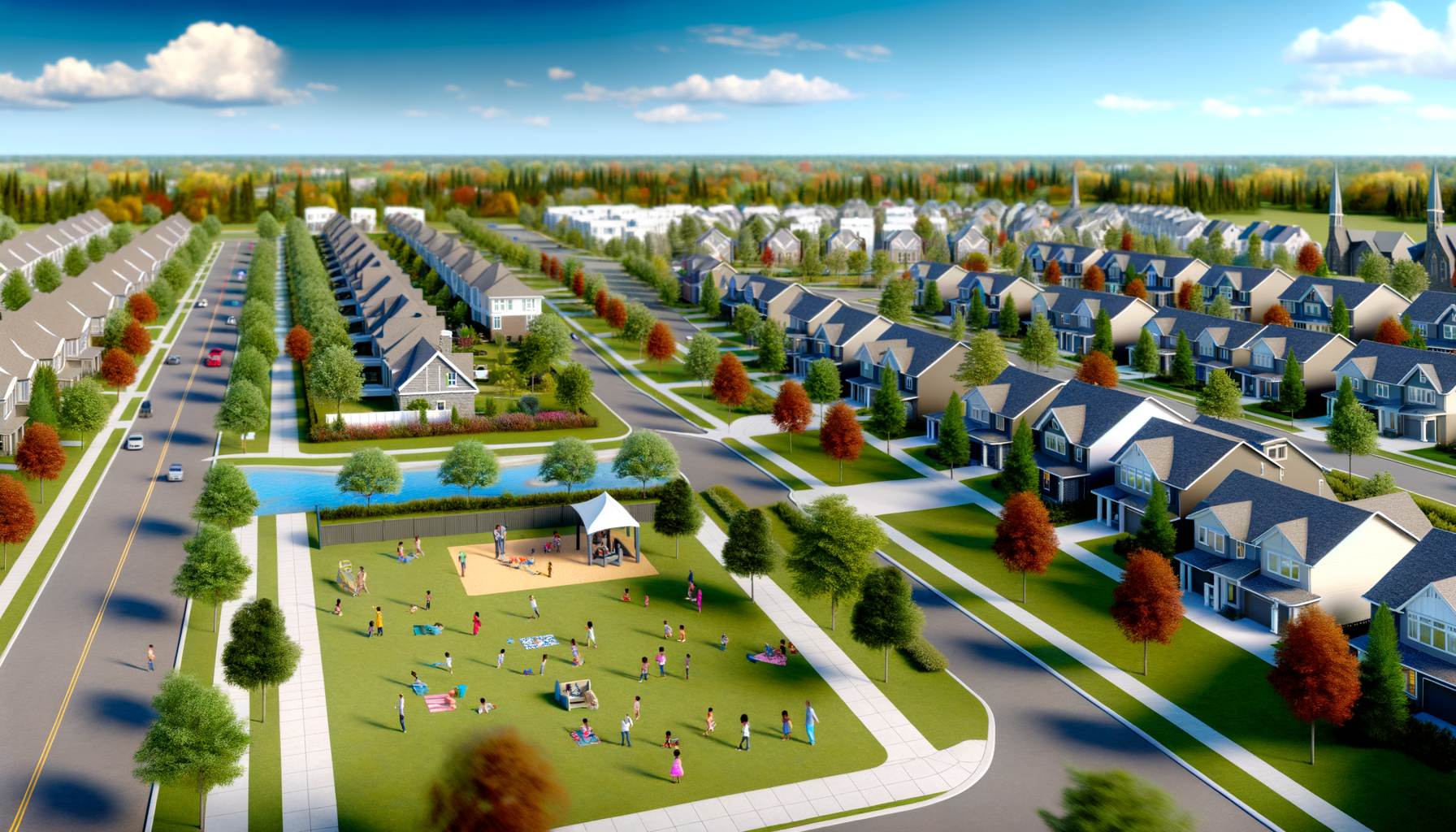2025 Commercial Real Estate Market Predictions for Baton Rouge
The Baton Rouge-area commercial real estate market in 2025 is expected to closely resemble last year, presenting unique opportunities and challenges for investors, businesses, and developers alike. As we delve into the emerging trends and dynamics, it’s essential to understand how the market has evolved and what key factors will influence its trajectory over the coming year.
Market Overview: A Historical Perspective
The Baton Rouge commercial real estate market has shown remarkable resilience over the past few years. Despite facing challenges such as the COVID-19 pandemic and fluctuating economic conditions, the region’s real estate sector has rebounded well. The robust demand for office spaces, retail establishments, and industrial properties has been a testament to the area’s economic stability and growth.
As we look ahead to 2025, several historical trends can provide insights into potential market behavior. Sustained population growth, a diversifying economy, and ongoing development initiatives have been fundamental in shaping the local real estate landscape.
Key Trends for 2025
As Baton Rouge emerges from the shadows of economic uncertainty, several predominant trends are expected to shape the commercial real estate market:
1. Continued Growth in Industrial and Warehouse Spaces
With the rise of e-commerce and a shift toward online shopping, industrial and warehouse spaces will remain in high demand. According to industry reports, Baton Rouge has seen a significant increase in logistics and distribution centers, driven by the region’s strategic location along major highways and waterways.
“The logistics sector is booming, and Baton Rouge is perfectly positioned to take advantage of this growth,” said local real estate expert Jane Doe. “We anticipate continued investment in industrial facilities as businesses look to optimize their supply chains.”
2. A Focus on Mixed-Use Developments
The trend of mixed-use developments is expected to gain momentum in 2025. These projects, which combine residential, commercial, and recreational spaces, cater to the evolving needs of consumers and foster community engagement. Developers are likely to prioritize such projects to meet the increasing demand for walkable urban environments.
Additionally, *the shift towards more sustainable living* means that mixed-use developments will likely incorporate green building practices, enhancing their attractiveness to eco-conscious tenants and investors.
3. Remote Work: Impacts on Office Space Demand
The remote work model, which gained traction during the pandemic, continues to influence the office space market. While many companies have adopted hybrid work policies, the demand for traditional office space remains steady. However, the type of office spaces sought is changing.
Organizations are now looking for flexible workspaces that foster collaboration and creativity. As a result, co-working spaces and shared office arrangements will be in higher demand, prompting landlords to reconsider their leasing strategies.
4. Retail Resilience and Adaptation
The retail sector faced significant challenges during the pandemic, leading to numerous store closures and bankruptcies. Nonetheless, Baton Rouge’s retail environment is evolving. Local retailers are increasingly embracing omnichannel strategies, blending online and in-store sales to enhance customer experience.
Experts predict that successful retail establishments will focus on experiential shopping, creating immersive environments that draw customers in. “Retailers who adapt and innovate will not only survive but thrive in this new landscape,” notes industry analyst John Smith.
Investment Opportunities
For investors eyeing opportunities in Baton Rouge’s commercial real estate market, 2025 presents a promising landscape. Here are some emerging sectors to consider:
1. Industrial Sector Investments
As logistics and warehousing continue to dominate, investing in industrial properties can yield profitable returns. Understanding the regional demand for specific types of industrial space, such as last-mile distribution facilities, can give investors a competitive edge.
2. Renovation of Older Properties
With the rising popularity of urban renewal, there is a substantial opportunity for investors to renovate and repurpose older properties for new uses. Transforming defunct retail or office spaces into trendy mixed-use facilities can cater to the growing demand for such environments while revitalizing neighborhoods.
3. Green Building Initiatives
With sustainability at the forefront of many companies’ missions, investing in green and energy-efficient properties will likely attract eco-minded tenants looking to align with environmentally responsible practices.
Challenges Ahead
Despite the promising outlook, navigating the Baton Rouge commercial real estate market in 2025 will not come without challenges:
1. Economic Uncertainties
Fluctuations in the national economy and potential disruptions in global supply chains pose risks that could impact local demand. Investors and developers must remain vigilant in monitoring economic indicators that could influence their strategies.
2. Regulatory Environment
Changes in local regulations and zoning laws can significantly affect commercial real estate projects. Developers need to stay informed about potential legislative amendments that may influence their investment plans.
Conclusion
As we move into 2025, the Baton Rouge commercial real estate market is poised for growth and evolution. By adapting to emerging trends, understanding shifting consumer preferences, and capitalizing on investment opportunities, stakeholders can navigate this dynamic landscape effectively.
Ultimately, those who remain agile and informed will not only survive but thrive in Baton Rouge’s vibrant commercial real estate market. Investors, developers, and business leaders should take these predictions into account as they develop their strategies to secure their place in the ever-changing world of real estate.



